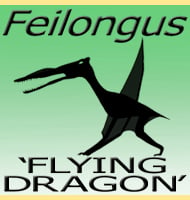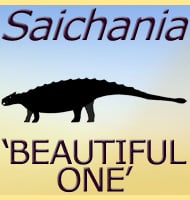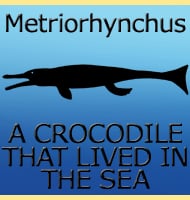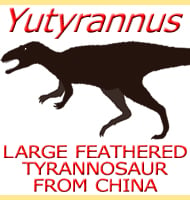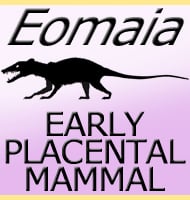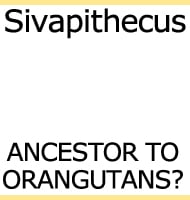In Depth
Aulophyseter was a predatory whale similar to a modern day sperm whale, although it probably had a more diverse diet. Aulophyseter was related to other predatory whales such as Acrophyseter and the large Livyatan. Some Aulophyseter however bear a resemblance to another whale called Orycterocetus raising the possibility that these fossils could be synonymous.
Because Aulophyseter is known from both the west and east coast of the United States, it’s possible that Aulophyseter may have migrated through the Central American Seaway. Back in the Miocene higher sea levels meant that what is now Panama was completely submerged. Fossil evidence suggests that many cetaceans passed through the area as well as some of their main predators such as the giant prehistoric shark C. megalodon. However as sea levels dropped the Isthmus of Panama was created, which resulted in this migratory route between North and South America being sealed. The closure of the Central American Seaway is seen as the death knell for many species of prehistoric whales as well as the predators that preyed upon them.
Further Reading
Further reading- Study of the skull of a fossil sperm-whale from the Temblor Miocene of Southern California. – Contributions to Palaeontology from the Carnegie Institution of Washington: 3–24. – R. Kellogg – 1927.

